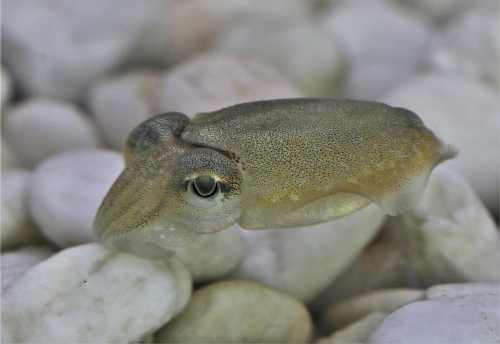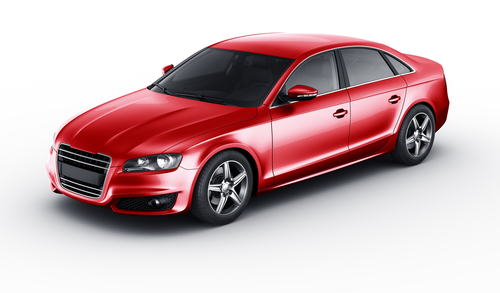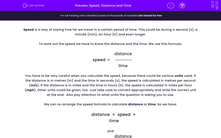Speed is a way of saying how far we travel in a certain period of time. This could be during a second (s), a minute (min), an hour (h) or even longer.
In this activity, we will be practising our understanding of speed, and practise rearranging the equation so that we can also calculate distance and time.
To work out the speed we have to know the distance and the time. We use this formula:
| distance | ||
|
speed |
= | |
| time |
You have to be very careful when you calculate the speed because there could be various units used.
If the distance is in metres (m) and the time in seconds (s), the speed is calculated in metres per second (m/s). If the distance is in miles and the time in hours (h), the speed is calculated in miles per hour (mph).
Other units could be given, too. Just take care to convert appropriately and write the correct unit at the end. Also pay attention to what units the question is asking you to use.
We can re-arrange the speed formula to calculate distance or time. So we have:
|
distance = speed × time |
and
| distance | ||
|
time |
= | |
| speed |
Example
A cuttlefish swims along, travelling at a speed of 2 m/s. It travelled for 30 seconds. How far did it move?

First, we should decide which equation to use. We need to find the distance travelled, so we can use:
distance = speed × time
Distance = 2 m/s × 30 s
Distance = 60 m
Understanding speed is helpful when we want to learn about the way that vehicles travel, and their safety.

When drivers see something on the road, it takes them some time to brake. The distance travelled during this time is called thinking distance. After braking, the car travels a certain distance before it finally stops - this is called braking distance. The total of those two is the stopping distance. The stopping distance depends on the initial speed of the car and the alertness of the driver.
Right, let's have a go at some questions now!







